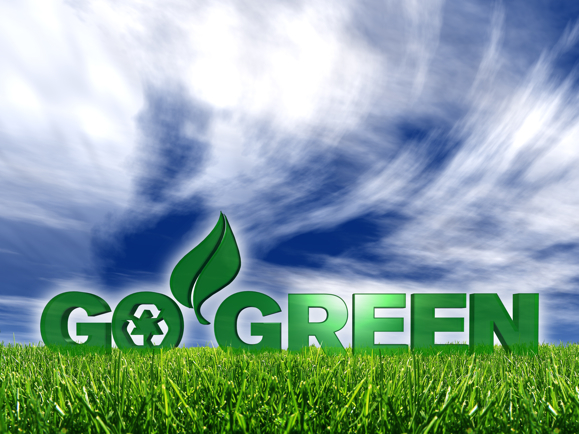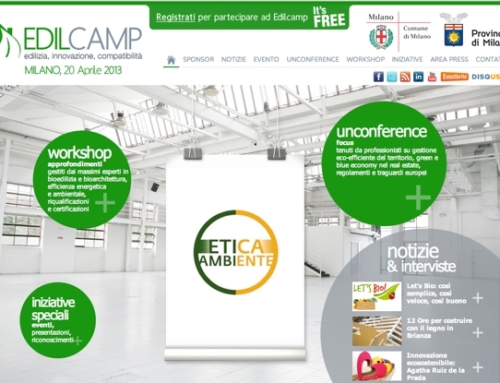A recent study has proposed a new economic tool aimed at promoting a more sustainable production and consumption.
To ensure that the environmental impact of products is taken into consideration in their cost, the authors of the research recommend a system of Green Value Added Tax (VAT) based on the Life Cycle Assessment (LCA).
The importance of decoupling environmental degradation from economic growth is highlighted by the EU’s Roadmap to a Resource Efficient Europe and Sustainable Consumption and Production and Sustainable Industrial Policy Action Plan.
Market-based instruments, such as subsidies or environmental taxes, could play a valuable part in achieving these objectives and are of special interest as they are less costly to implement than regulatory instruments, such as bans or quotas.
In this study, researchers propose a system whereby VAT, calculated based on the environmental impact of the entire life cycle of the product, is utilized to guide consumers towards more sustainable, environmentally-friendly products.
According to researchers LCA is a tried and tested methodology that can provide accurate estimates of a product’s cumulative environmental impact over its life cycle.
The authors of the study propose calculating VAT rates based on either a scoring system incorporating multiple environmental impacts, or the carbon footprint of the product.
They also explore a third method which ensures that the state budget is not negatively affected by the use of incentives.
The environmental impact scoring system is a single score indicator based on information regarding a wide range of environmental impacts, such as global warming, human and environmental toxicity, natural resource depletion, ozone layer depletion and air pollution.
These impacts should be assigned a ‘weight’ to indicate their relative importance.
Although there is no empirical basis for the weighting procedure, a decision about the weights associated with each impact category may be based on the priorities set within the policy framework.
A key advantage of this system is that the operational framework for VAT is already in place.
However, there are other components that would need to be developed for the system to work.
For example, producers would need to provide an environmental impact score for products based on data from the entire supply chain.
This would require large, freely available, reference datasets.
Leading on from this, a public body would also be required to implement the system and inspect environmental declarations.
The researchers emphasise that this system would need a full and thorough assessment before any attempt at its implementation.
For example, issues regarding international trading agreements would need to be resolved and tools for running environmental assessments on products would need to be developed.
Overall, however, the researchers conclude that this combination of VAT and LCA has the potential to have a significant impact on the sustainability of consumption and production.
Environmentally-friendly products are often more expensive, where production is restricted to more costly sustainable processes.
This system will ensure that such eco-friendly products will be able to better compete with others on the market.
Information Source: European Commission, DG Environment.
We help our clients and partners address the most pressing economical, political, social and environmental challenges. If you want to learn more about our sustainability practices, please Contact Us for an initial introductory consultation to discuss what management and communications systems you may need for complete sustainability legislative and regulatory compliance, and better measurement and reporting of TBL performance.








Leave A Comment
You must be logged in to post a comment.